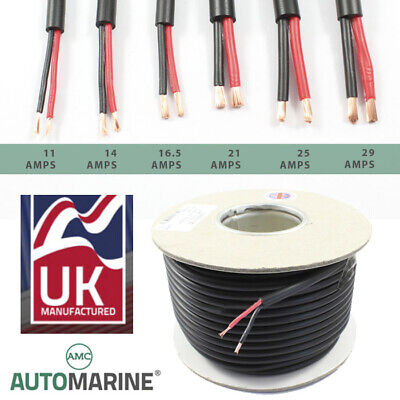Bart
Free Member
is 14 AWG ok to use throughout the MH in a van conversion or is that to small or to thick.

or where is a good place to buy wire from as ill just buy a 100 mtr roll

TWIN 2 Core PVC Cable 12v 24v Thin Wall Wire Automotive Red Black ROUND Profile | eBay
Thin Wall ROUND 2 Core Stranded 100% Copper cable. Plain Copper Conductors - PVC Insulated. 30M on Roll. 100M on Roll. Manufactured in the UK by AUTOMARINE CABLES LTD - Top Quality unlike a lot of cable from other sources - easily stripped and flexible.
www.ebay.co.uk
or where is a good place to buy wire from as ill just buy a 100 mtr roll
This site contains affiliate links for which MHF may be compensated.



